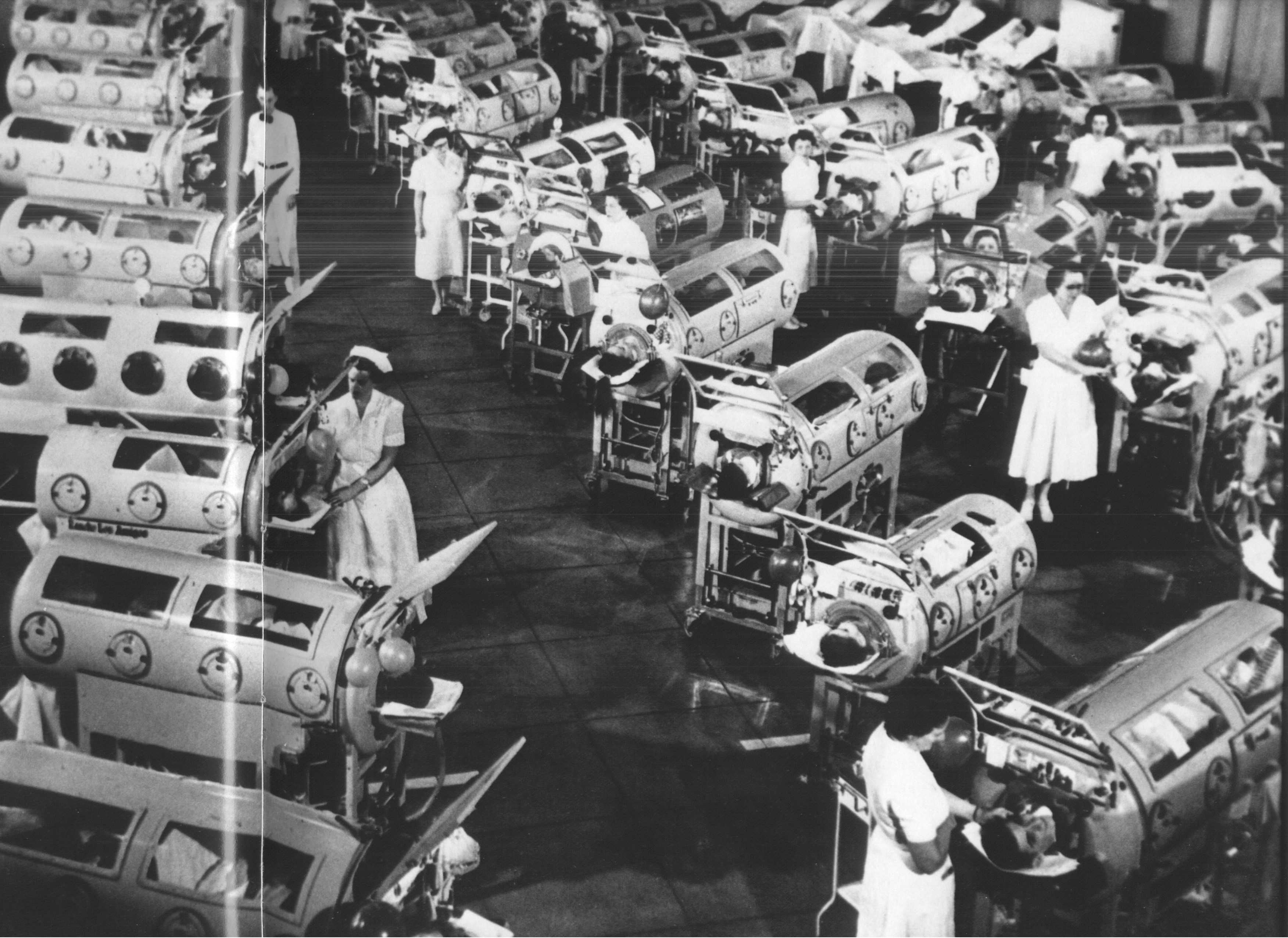After 20 children were murdered in Newtown many people proposed a ban on assault weapons. The head of the NRA proposed armed guards in all schools. There were many other proposals. How are we to choose among them.
My niece's husband, Mike, identified this article which has quite a reasonable discussion of the problem. It provides some data which I assume to be accurate:
Fifty-five million kids went to school on the day that 20 were massacred at Sandy Hook Elementary in Newtown, Connecticut. Even in the United States, therefore, the chances of a child’s dying in a school shooting are remote.......
Seventy mass shootings have occurred in the U.S. since 1982, leaving 543 dead. These crimes were horrific, but 564,452 other homicides took place in the U.S. during the same period. Mass shootings scarcely represent 0.1 percent of all murders........
According to the FBI’s Uniform Crime Report, 47 percent of all murders in the U.S. are committed with handguns. Again, only 3 percent are committed with rifles (of any type). Twice as many murderers (6 percent) use nothing but their bare hands. Thirteen percent use knives.The article also notes:
Of course, it is important to think about the problem of gun violence in the context of other risks. For instance, it is estimated that 100,000 Americans die each year because doctors and nurses fail to wash their hands properly. Measured in bodies, therefore, the problem of hand washing in hospitals is worse than the problem of guns, even if we include accidents and suicides. But not all deaths are equivalent. A narrow focus on mortality rates does not always do justice to the reality of human suffering.It is important to be clear about what we want to do. Are we interested in preventing the deaths of children, preventing murders, or preventing deaths? The World Health Organization promotes allocation of resources to save Disability Adjusted Life Years (DALYs). It recognizes that it is better to save the life of a 20 year old with a long life ahead of him than of an old codger like myself who has already lived a good life. It also recognizes that it is more valuable to restore a wounded person to full and vigorous health that to leave the victim in a wheel chair for life, or worse yet restricted to bed and constant medical care.
Health planners deal with problems of allocating resources to save lives. The basic approach is to put the resources where they will do the most good. One of their little secrets is that there are decreasing returns to investment of resources in saving lives. For example, we could put an armed guard in every school, but we could also put one in every classroom. It might cost an order of magnitude more to put a guard in every classroom than in every school; would the cost be justified by the number of lives saved by more guards? How about if we gave every child a Secret Service guard like that we give to the president? Clearly the advantage in safety (assuming more kids were not killed accidentally by all those armed men around them) would not justify the added cost.
I would guess that more kids lives would be saved putting armed guards in urban high schools in areas with high levels of drug usage and gang activity than in rural primary schools. One could put the available guards into the high payoff schools to save the most lives.
Health planners have also coined the concept of "transcendence" in their work. Thus polio vaccine research got more funding when the vaccines were first under development than would have been justified by the morbidity and mortality from the disease because the public was so upset by the crippled children and the rooms full of people surviving in iron lungs. So too, the murder of 3,000 people on 9/11 was judged by government and the voters to require more response than would say an additional 3,000 deaths from mistakes in hospital medical care.
The article that Mike suggested makes such reasonable suggestions for reducing murder by guns as:
- Improving drug policy
- Decreasing the activity of violent street gangs
- Making it at least as hard to get a license to own a gun as it is to get a license to drive a car
These all seem likely to be cost effective steps to reduce murder rates. Continuing efforts to get medical care professionals to keep their hands sterile might be even more cost effective in saving lives.
Improving drug policy and reducing crime by street gangs also illustrate that good policy instruments may be chosen because they achieve objectives in several fields simultaneously. Thus the same instrument might help current and potential drug addicts by reducing the illegal trade in drugs, might reduce the threat of street gangs by undermining their profits from illegal drug sales, and reduce the rate of murders by addicts and gangs.
Improving drug policy and reducing crime by street gangs also illustrate that good policy instruments may be chosen because they achieve objectives in several fields simultaneously. Thus the same instrument might help current and potential drug addicts by reducing the illegal trade in drugs, might reduce the threat of street gangs by undermining their profits from illegal drug sales, and reduce the rate of murders by addicts and gangs.


No comments:
Post a Comment